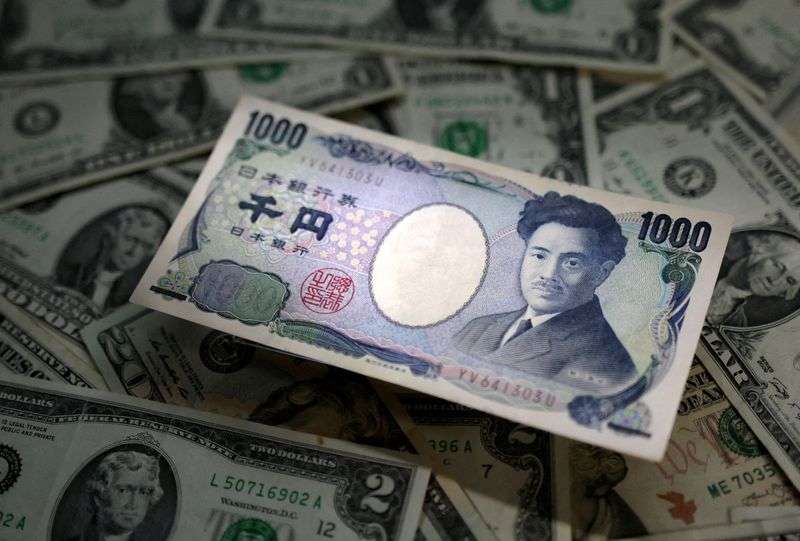The dollar retreated from recent highs due to lower US Treasury yields but remains poised for weekly gains. As Japanese elections approach, the ruling Liberal Democratic Party faces potential losses, raising concerns about future Bank of Japan rate hikes. The yen fell 0.1% to 152 per dollar and has dropped 5.5% this month, raising intervention speculation. Meanwhile, the euro and sterling also faced weekly losses amid economic uncertainties, while the Dollar Index maintained a slight weekly gain.
The dollar has distanced itself from recent peaks, following a dip in US Treasury yields, yet it remains on course for another week of gains.
As Japanese citizens prepare to cast their votes in the general elections this Sunday, recent polls indicate the ruling Liberal Democratic Party (LDP) may be facing challenges to its long-held power.
This political uncertainty could influence the Bank of Japan’s (BOJ) plans for gradually increasing interest rates from near-zero levels. The central bank’s next policy meeting is scheduled for October 30 and 31.
Currently, the yen is trading down 0.1% against the dollar at 152 and is poised to experience a weekly decline of 1.5%.
Earlier, the yen showed some resilience following better-than-expected inflation figures from Tokyo; however, core consumer prices failed to meet the BOJ’s 2% target for the first time in five months.
Ray Attrill, head of foreign exchange strategy at National Australia Bank, stated, “If the LDP loses its majority—a real possibility—this could create further complications for the BOJ’s policy normalization efforts.” He added, “This scenario might weaken the yen if the market anticipates a delay in the next rate hike until next year.”
In fact, the yen has dropped approximately 5.5% this month, marking its steepest monthly decline since April 2022.
The yen’s downward trend, especially after crossing the significant $150 mark again, has raised concerns among traders about potential intervention from Japanese authorities to stabilize the currency.
A senior official from Japan’s Finance Ministry noted that Finance Minister Katsunobu Kato and US Treasury Secretary Janet Yellen discussed recent currency fluctuations and other issues during a meeting on Thursday.
DOLLAR DOMINATION
On Friday, the dollar’s ascent paused after reaching a three-month high earlier in the week, buoyed by moderated expectations for significant interest rate cuts from the Federal Reserve and increasing speculation surrounding a possible return of Donald Trump to the presidency.
The euro traded at $1.08225 against the dollar, recovering from a low of $1.076125 this week, yet it remains set for a weekly decline of 0.4%.
Recent data revealed stagnation in eurozone business activity for this month, with a less severe contraction reported in Germany, Europe’s largest economy.
According to Nick Rees, senior FX analyst at Monex Europe, “The short-term outlook for the eurozone is grim. Weak demand, a loosening labor market, and declining price pressures are all contributing factors.”
The British pound dipped 0.06% to $1.2969 but managed to pull back from a two-month low of $1.2908 recorded on Wednesday, heading toward a weekly decrease of 0.6%.
Meanwhile, the Australian dollar fell 0.11% to $0.6634, while the New Zealand dollar dropped 0.22% to $0.6003. Both currencies are projected to lose around 1% this week due to a stronger dollar and diminishing risk appetite in light of uncertainty surrounding the upcoming US elections.
The Dollar Index increased by 0.04% to 104.09, following its earlier three-month high of 104.57 earlier in the week, and is targeting a 0.6% weekly gain for its fourth consecutive week of increases.
